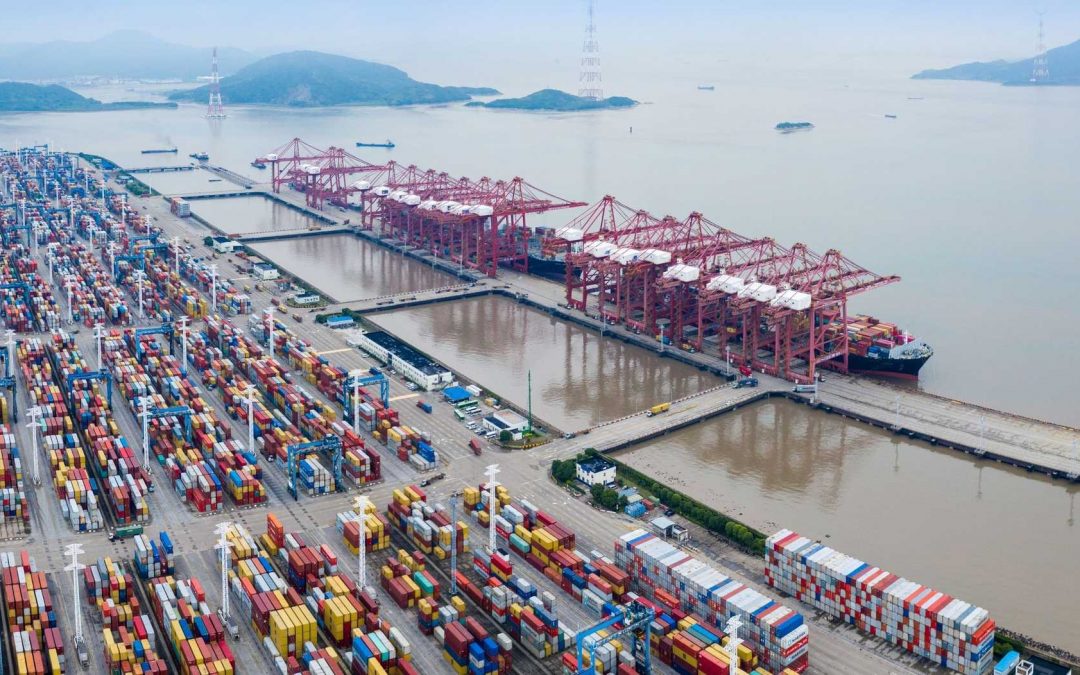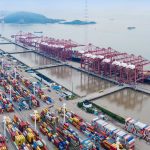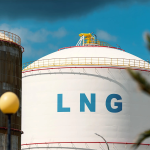Asia’s fuel oil premiums and refining margins will be capped by ample supply in early 2025, but cleaner shipping fuel mandates in Europe and potential changes in Russian and Iranian oil flows under the incoming Trump administration could jolt markets.
Here are key factors to watch in the fuel oil and bunker markets in 2025, based on traders and analysts:
TRUMP POLICIES ON RUSSIAN, IRANIAN OIL
Traders are eyeing U.S. President-elect Donald Trump’s decisions on sanctions on Russian oil after he promised to end the Ukraine war.
Russian fuel oil exports have been diverted to Asia and the Middle East since Western countries imposed sanctions and price caps on Russian refined products.
Should sanctions be eased, traders expect some Russian fuel oil to remain in Europe with a reduction in exports to the East, which could tighten supply in Asia.
Trump is also expected to ramp up sanctions on Iran’s oil and shadow fleet, which could squeeze supply of Iranian crude and straight-run fuel oil to Chinese refiners.
MIDDLE EASTERN EXPORTS
Shipments from Kuwait’s Al Zour refinery, a major very low sulphur fuel oil (VLSFO) exporter, could stay within the Middle East, capping exports to Asia in 2025, industry sources said.
“We anticipate that Al Zour’s LSFO exports to Fujairah will remain elevated next year, primarily driven by year-on-year growth in the UAE’s (United Arab Emirates’) bunker fuel demand,” said Palash Jain, FGE’s Middle East oil market consultant.
He added that the UAE’s domestic output is constrained due to ongoing challenges at the Montfort refinery.
Meanwhile, Iraq’s fuel oil exports, which reached all-time highs in 2024, could climb further as it is expected to receive natural gas from Turkmenistan from the second quarter to replace oil at Iraqi power plants, said FGE’s Jain.
SHIPPING FUEL MANDATES
Regulations to curb emissions from ships in the European Union and the Mediterranean Sea are expected to alter marine fuel demand in Europe and Asia in 2025, industry sources said.
The FuelEU Maritime regulation, which aims to cut greenhouse gas intensity of marine fuels by 2% from January, is expected to spur demand for bio-blended marine fuel.
Marine biofuel demand at key bunker hubs is likely to extend gains, with shipping firms such as CMA CGM seeking more supply.
Meanwhile, the Mediterranean Sea will become an Emission Control Area (ECA) for sulphur oxides from May 2025, based on International Maritime Organization regulations.
Ships operating in the region will need to use ultra low sulphur fuel oil (ULSFO), with maximum 0.1% sulphur content, except for vessels running on lower-carbon fuels.
“The upcoming Mediterranean ECA will likely tighten ULSFO supplies in the region and free up VLSFO supplies for the East,” said Vortexa analyst Xavier Tang.
ROBUST HSFO BUNKER DEMAND
High-sulphur fuel oil (HSFO) bunker in Singapore, which hit multi-year highs this year, could see strong demandinto 2025, traders said, as more ships come equipped with scrubbers designed to remove air pollutants.
Singapore’s hi-5 spread, which reflects VLSFO’s price premium over 380-cst HSFO, has narrowed to less than $100 a metric ton in recent sessions compared to over $140 at the start of 2024. It is expected to remain narrow in early 2025, analysts said
Source: Reuters (Reporting by Jeslyn Lerh; Editing by Florence Tan and Kate Mayberry)






